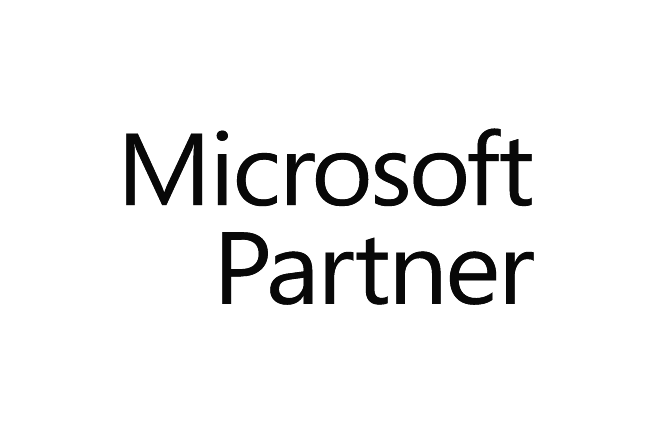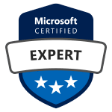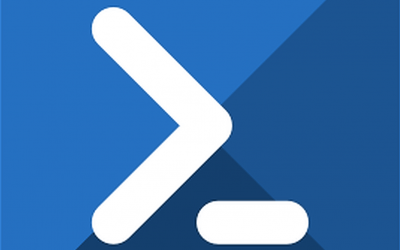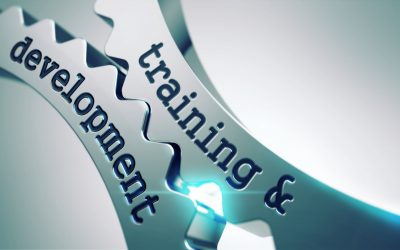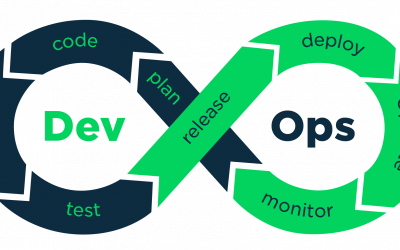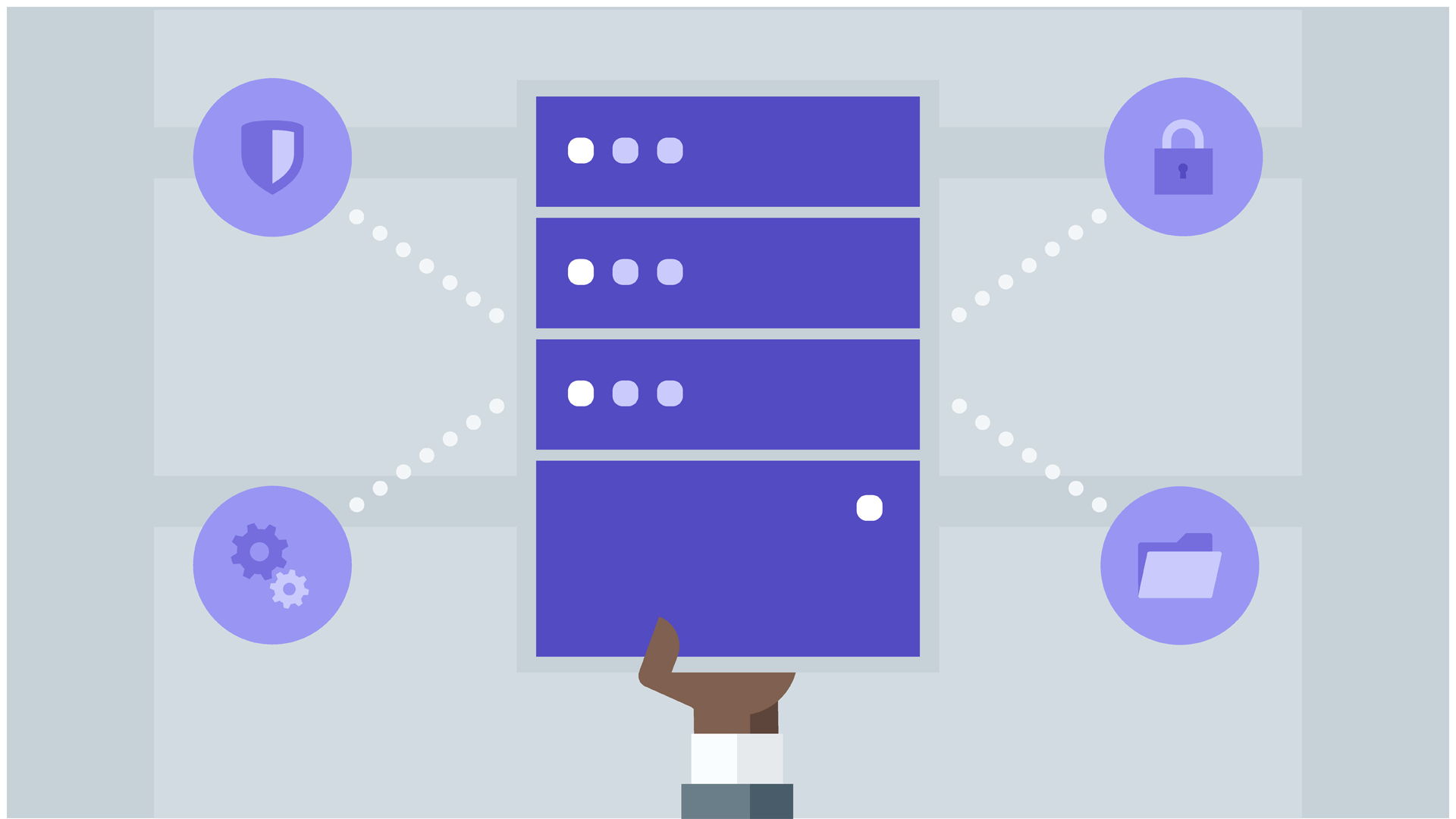
Microsoft Official Courses (MOC)
Course 10962: Advanced Automated Administration with Windows PowerShell
За Курса (About this Course):
-
- Expand and build upon the knowledge already acquired in course 10961B and focus on building more scalable and usable Windows PowerShell scripts for use in your organization by building your own Windows PowerShell tools. Learn about areas such as the creation of advanced functions, script modules, advanced parameters attributes and controller scripts. Also learn how to make your scripts more robust by learning about handling script errors and the analysis and debugging Windows PowerShell scripts. The course will also cover the use of Windows PowerShell cmdlets with .NET Framework as well as teaching how to configure your Windows Servers using Desired State Configuration and providing an understanding of Windows PowerShell workflow.The detailed hands on labs and in depth content and learning will help remove manual tasks that you may currently have to perform as an Administrator, allowing you to make your own Windows PowerShell tools for automated, repeated, accurate management and provisioning of your Windows Server infrastructure.
Цели – Какво ще научите (Course Goals/Skills):
- Create Advanced Functions
- Use Cmdlets and Microsoft .NET Framework in Windows PowerShell
- Write Controller Scripts
- Handle Script Errors
- Use XML Data Files
- Manage Server Configurations by Using Desired State Configuration
- Analyze and Debugging Scripts
- Understand Windows PowerShell Workflow
Курсът е предназначен за (Audience):
- This course is intended for IT Professionals already experienced in general Windows Server and Windows Client administration or already experienced in administering and supporting Application servers and services including applications such as Exchange, SharePoint, and SQL. System, Infrastructure and Application Administrators working in a Windows or Windows hybrid environment will all find this course relevant to their day to day jobs and future career and skills development.The course is also intended for IT Professionals who want to build upon existing Windows PowerShell knowledge and skill to learn how to build their own tools for broader general use in their organization, using any Microsoft or independent software vendor (ISV) product that supports Windows PowerShell manageability.
Формат на курса


Език на курса (Course Language Option)
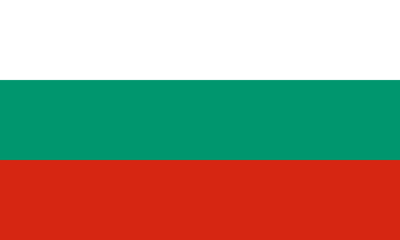

Може да изберете Език на който да се проведе обучението – български или английски. Всичките ни инструктори владеят свободно английски език.
Учебни Метериали: в електронен формат (Учебните материали са на английски), включени в цената с неограничен достъп.
Лабораторна среда: всеки курсист разполага със собствена лаб среда, където се провеждат упражненията, част от курса.

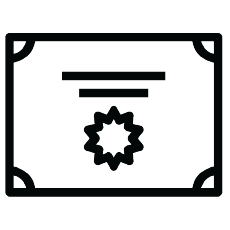
Продължителност
- 3 работни дни (09:00 – 17:00)
или
- 24 уч.ч. обучение (теория и практика) в извънработно време с продължителност 2 седмици
- събота и неделя 10:00 – 14:00, 14:00 – 18:00, 18:00 – 22:00
- понеделник и сряда 19:00 – 23:00
- вторник и четвъртък 19:00 – 23:00
Плащане
Заявка за издаване на фактура се приема към момента на записването на съответния курс.
Фактура се издава в рамките на 7 дни от потвърждаване на плащането.
Предстоящи Курсове
За повече информация използвайте формата за контакт.
Ще се свържем с Вас за потвърждаване на датите.
Предпоставки (Изисквания) за Участие (Prerequisites):
- Knowledge and experience working with Windows PowerShell or knowledge equivalent to the content covered in course 10961B: Automating Administration with Windows PowerShell
- Experienced in general Windows Server and Windows Client administration or already have experience in administering and supporting Application servers and services including applications like Exchange, SharePoint, and SQL.
